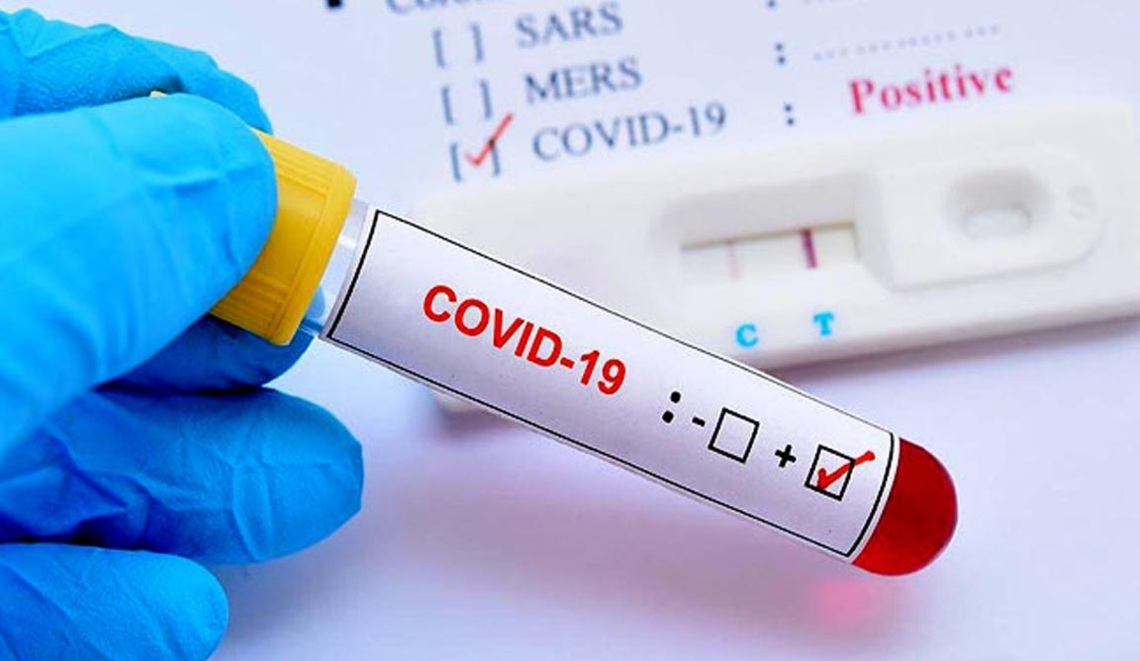

Have you ever wondered why Houston’s COVID‑19 testing landscape is shifting this summer as new variants sweep through the city?
Summer in Houston has traditionally been a season of bursting energy—concerts, travel, and outdoor festivals. But with the rise of the so‑called "FLiRT" variants—descendants of the JN.1 strain—this summer’s COVID‑19 surge has taken on a distinct twist. In fact, Houston is experiencing its fifth consecutive summer increase in cases. COVID-19 testing in Houston is playing a key role in identifying and responding to this latest wave. As our community gathers and moves freely once again, testing strategies are evolving to adapt to new challenges. Here’s a look at why this evolution matters—and what you need to know.
The FLiRT variants—like KP.3, KP.2, LB.1, and KP.1.1—are all part of a family descended from the JN.1 lineage of Omicron. Locally, KP.3 now makes up nearly 40% of cases in the Houston region. These new variants are better at getting around existing immunity - so even boosted or previously infected people might catch it and test positive.
While the virus is capable of evading immunity, the good news is that the current vaccines and treatments—remain effective at reducing severe illness and hospitalizations.
Read more: Variants of COVID-19 and Its Global Impact
You might be thinking, “Why summer—when that’s usually flu territory?” Here’s the pattern:
In just the past few weeks, Houston Methodist reported a nearly fourfold increase in positive tests—from around 115 to over 530 daily cases between May and July.
Summer means more travel, concerts and big gatherings—all of which help viruses spread more easily.
Houston’s extreme heat drives people indoors with air conditioning, creating perfect conditions for viruses to spread.
FLiRT variants are better at evading past immunity, as shown by their rising prevalence.
One of the most powerful early-warning tools in Houston’s arsenal is wastewater monitoring. Virus levels in wastewater just hit 283% of the July 2020 baseline—the highest since last February. This sharp rise warns health officials that spread is picking up, often before symptoms even appear.
Given this landscape, testing strategies have had to adapt:
With more breakthrough infections possible, testing is now recommended even for mild symptoms. Transparent, accessible testing helps catch cases early—even in those who feel vaccinated or “low-risk.”
Health experts suggest keeping rapid tests at home - especially if you're planning to travel or socialize with people. They give you fast results and work well when you can't get to a lab, even though they're not quite as precise as PCR tests.
Clinics will give you a PCR test first if you are high-risk or have symptoms since it is still the most dependable method. Quick outcomes enable medical professionals to decide whether medications are appropriate for you.
Positive PCR samples are increasingly sent for genetic sequencing. Tracking the rise of FLiRT variants allows labs to recognize shifts in viral evolution and better inform public health responses.
Early and accurate diagnosis leads to timely treatment—especially important given FLiRT’s ability to evade immunity.
Spotting case spikes early helps hospitals prepare - they can line up staff, supplies and tests before patient numbers climb.
Detecting surges faster helps hospitals and clinics prepare resources, staff, and testing supplies ahead of time.
Testing is only part of the defense strategy. Experts also suggest:
A recent Houston Methodist tracker showed 531 positive tests on July 9—nearly four times the 115 recorded on May 27. Meanwhile, KP.3 makes up roughly 37–40% of cases locally . Finally, wastewater readings are hovering around 280–300% of their 2020 baseline—clear signals that the virus is on the move again.
As we head into July and August:
At Biopharma Informatic, our mission is to help Houston respond with clarity and precision. Whether your laboratory is considering ways to streamline PCR testing, or your clinic is preparing for the next surge, we are here to help you:
For more details, visit our Active Trials page—and be part of the discovery.
Houston’s evolving COVID‑19 testing approach this summer reflects a smarter, more adaptive strategy:
As Houston navigates this fifth summer surge, staying proactive—using testing, treatment, and data—remains our best path forward. At Biopharma Informatic, we’re committed to supporting clinical teams and labs during this wave and beyond.
Curious to know how clinical research is helping shape the future of COVID‑19 testing and treatments? At Biopharma Informatic, we’re committed to advancing medicine through clinical research.
Join one of our studies as a volunteer. Your involvement could directly improve how we handle COVID-19 and other emerging health challenges.